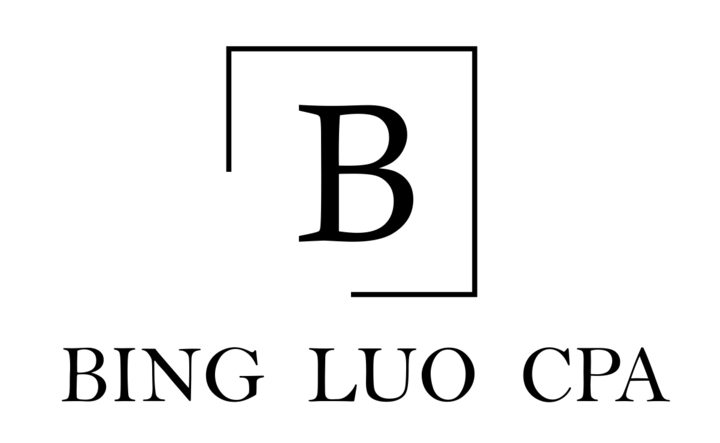
How California’s PTE Tax Lowers Taxes for Small Businesses
February 21, 2025

For business owners in California, the federal $10,000 cap on state and local tax (SALT) deductions has often felt like a major financial constraint. However, in 2021, California introduced a solution: the Pass-Through Entity (PTE) Tax. This strategy offers a way for partnerships, S corporations, and LLCs to bypass the SALT cap and secure federal tax savings.
How the PTE Tax Works
Partnerships, S corporations, and qualifying LLCs can opt into a 9.3% tax on their net income, including the income that is distributable to owners. The business entity pays the 9.3% PTE tax upfront, which is a direct payment to California. In turn, the owners (partners, shareholders, or members) receive a nonrefundable credit for their share of the PTE tax, which they can use to offset their personal California income taxes.
Since the PTE tax is paid at the entity level and treated as a business expense, it can be deducted from the federal tax return. This helps reduce the entity’s taxable income, allowing owners to bypass the $10,000 SALT cap that limits the amount individuals can deduct for state and local taxes on their federal returns.
To qualify, businesses must file an election with their original tax return and adhere to strict deadlines. This election is irrevocable for the year, so once made, it can’t be changed until the following year. For the 2022–2025 period, two payments are required: an initial installment by June 15 (whichever is greater: $1,000 or 50% of the prior year’s PTE tax) and a final payment by the original return due date. Missing the June deadline voids the election.
Owners claim their share of the nonrefundable tax credit using Form 3804-CR on their California state tax returns, with unused credits able to carry forward for up to five years.
A Real-World Example: Electing vs. Not Electing the PTE Tax
Let’s say John Smith, a freelance software developer in the Bay Area, runs a single-member LLC. In 2025, his business generates $500,000 in net income.
Scenario 1: Electing the PTE Tax
- Entity-Level Tax: John’s LLC pays a 9.3% tax on $500,000, resulting in a $46,500 PTE tax payment.
- State Tax Credit: Assuming John’s California state tax bill is 13.3% of $500,000 ($66,500), he can claim the full $46,500 PTE tax amount as a credit against his personal state tax, reducing his state tax bill to $20,000.
- Total State Tax Payment: $46,500 + $20,000 = $66,500
- Federal Savings: The $46,500 is a fully deductible expense at the federal level, leading to a $16,275 reduction in John’s federal tax liability (assuming a 35% federal tax rate: 35% × $46,500 = $16,275).
Scenario 2: Not Electing the PTE Tax
- State Tax: John pays 13.3% of $500,000 = $66,500 in state taxes.
- Federal Savings: Only $10,000 of the $66,500 state tax is deductible, resulting in $3,500 in federal savings (10,000 × 35% = $3,500).
The Bottom Line
By electing the PTE Tax, John resulted in $16,275 - $3,500 = $12,775 additional tax savings at the federal level, while maintaining the same tax payment at the state level.
Who Benefits Most?
The PTE Tax is especially valuable for businesses with steady income that are approaching the SALT cap. It’s most beneficial for high-income owners in stable businesses, particularly those already maxing out the SALT cap. However, businesses with fluctuating income or complex ownership structures (like multi-tiered partnerships) should carefully consider the risks as the PTE tax is a nonrefundable credit at the state level. For these businesses, flexibility is key: opt in during profitable years and skip it in slower cycles.
As tax laws continually evolve, it is essential to stay informed and consult with a qualified CPA or tax attorney. At Bing Luo CPA, we are committed to providing expert guidance to help you make well-informed decisions.